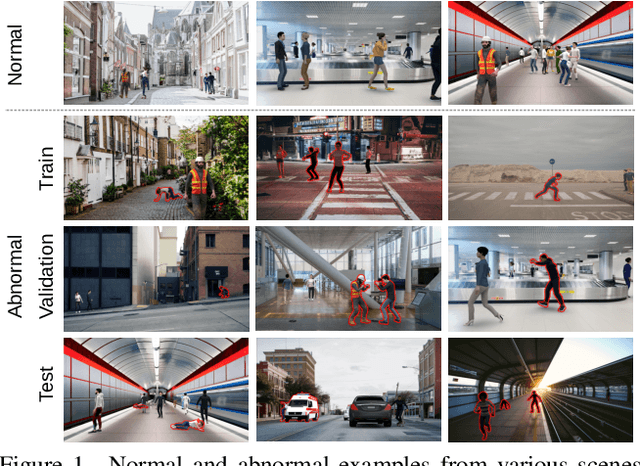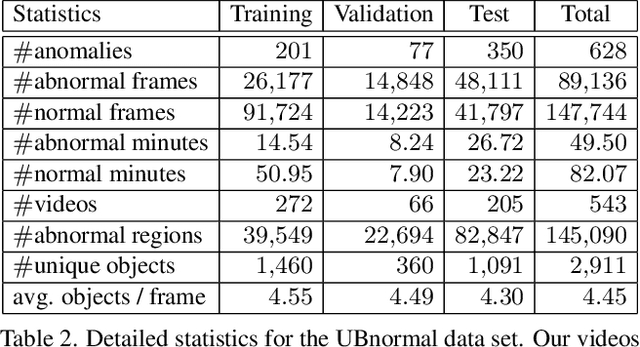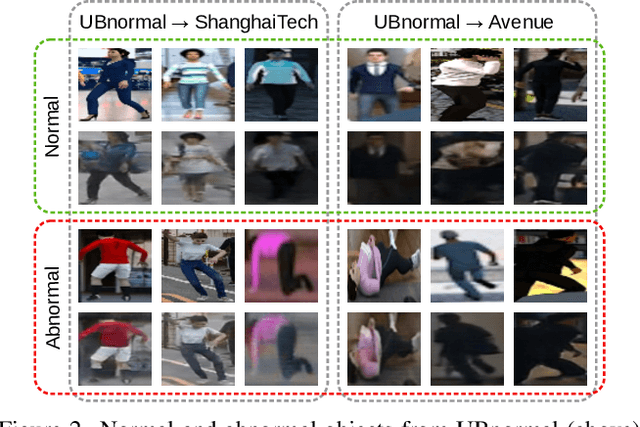Paul Sumedrea
EMBERSim: A Large-Scale Databank for Boosting Similarity Search in Malware Analysis
Oct 03, 2023Abstract:In recent years there has been a shift from heuristics-based malware detection towards machine learning, which proves to be more robust in the current heavily adversarial threat landscape. While we acknowledge machine learning to be better equipped to mine for patterns in the increasingly high amounts of similar-looking files, we also note a remarkable scarcity of the data available for similarity-targeted research. Moreover, we observe that the focus in the few related works falls on quantifying similarity in malware, often overlooking the clean data. This one-sided quantification is especially dangerous in the context of detection bypass. We propose to address the deficiencies in the space of similarity research on binary files, starting from EMBER - one of the largest malware classification data sets. We enhance EMBER with similarity information as well as malware class tags, to enable further research in the similarity space. Our contribution is threefold: (1) we publish EMBERSim, an augmented version of EMBER, that includes similarity-informed tags; (2) we enrich EMBERSim with automatically determined malware class tags using the open-source tool AVClass on VirusTotal data and (3) we describe and share the implementation for our class scoring technique and leaf similarity method.
UBnormal: New Benchmark for Supervised Open-Set Video Anomaly Detection
Nov 16, 2021



Abstract:Detecting abnormal events in video is commonly framed as a one-class classification task, where training videos contain only normal events, while test videos encompass both normal and abnormal events. In this scenario, anomaly detection is an open-set problem. However, some studies assimilate anomaly detection to action recognition. This is a closed-set scenario that fails to test the capability of systems at detecting new anomaly types. To this end, we propose UBnormal, a new supervised open-set benchmark composed of multiple virtual scenes for video anomaly detection. Unlike existing data sets, we introduce abnormal events annotated at the pixel level at training time, for the first time enabling the use of fully-supervised learning methods for abnormal event detection. To preserve the typical open-set formulation, we make sure to include disjoint sets of anomaly types in our training and test collections of videos. To our knowledge, UBnormal is the first video anomaly detection benchmark to allow a fair head-to-head comparison between one-class open-set models and supervised closed-set models, as shown in our experiments. Moreover, we provide empirical evidence showing that UBnormal can enhance the performance of a state-of-the-art anomaly detection framework on two prominent data sets, Avenue and ShanghaiTech.
 Add to Chrome
Add to Chrome Add to Firefox
Add to Firefox Add to Edge
Add to Edge